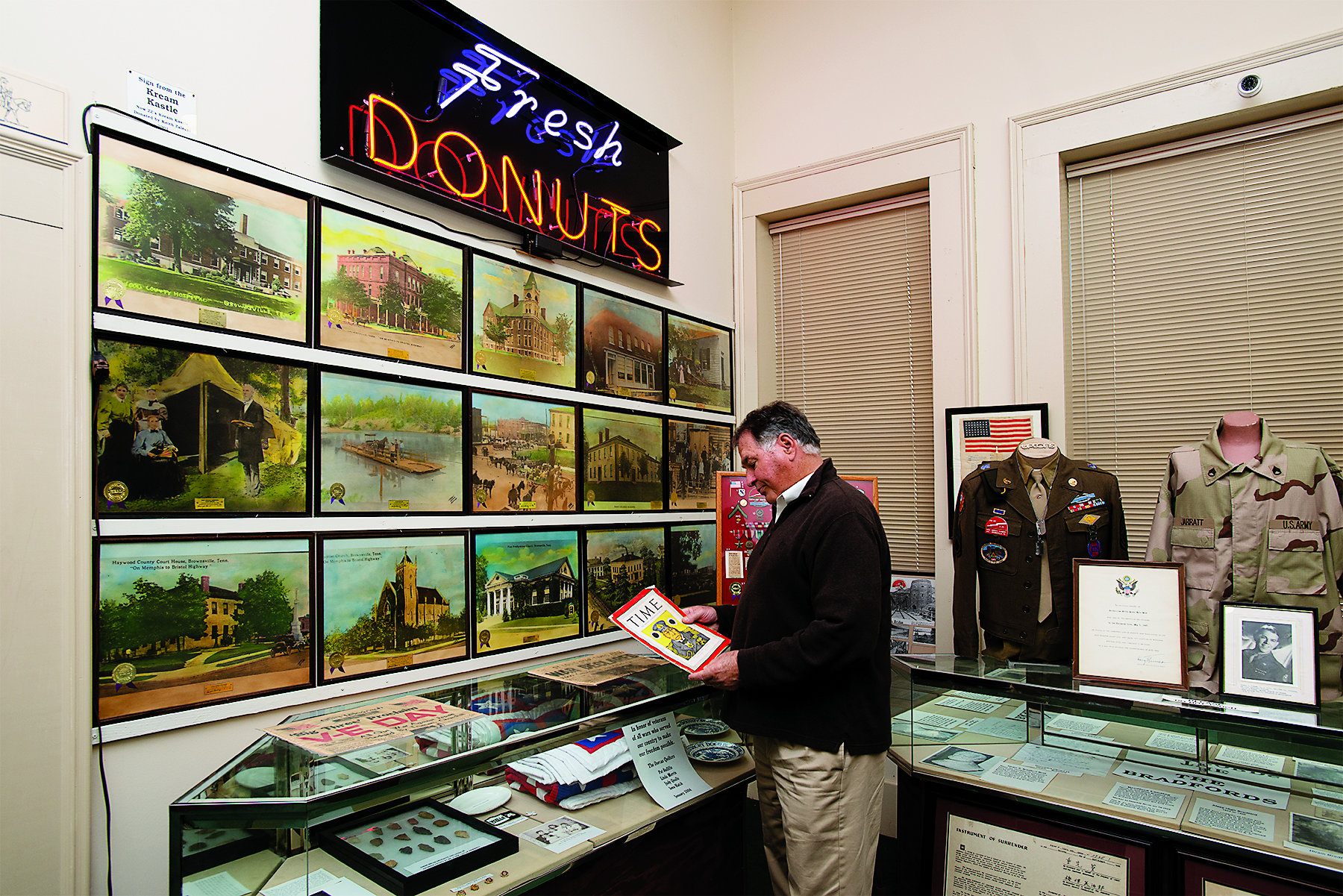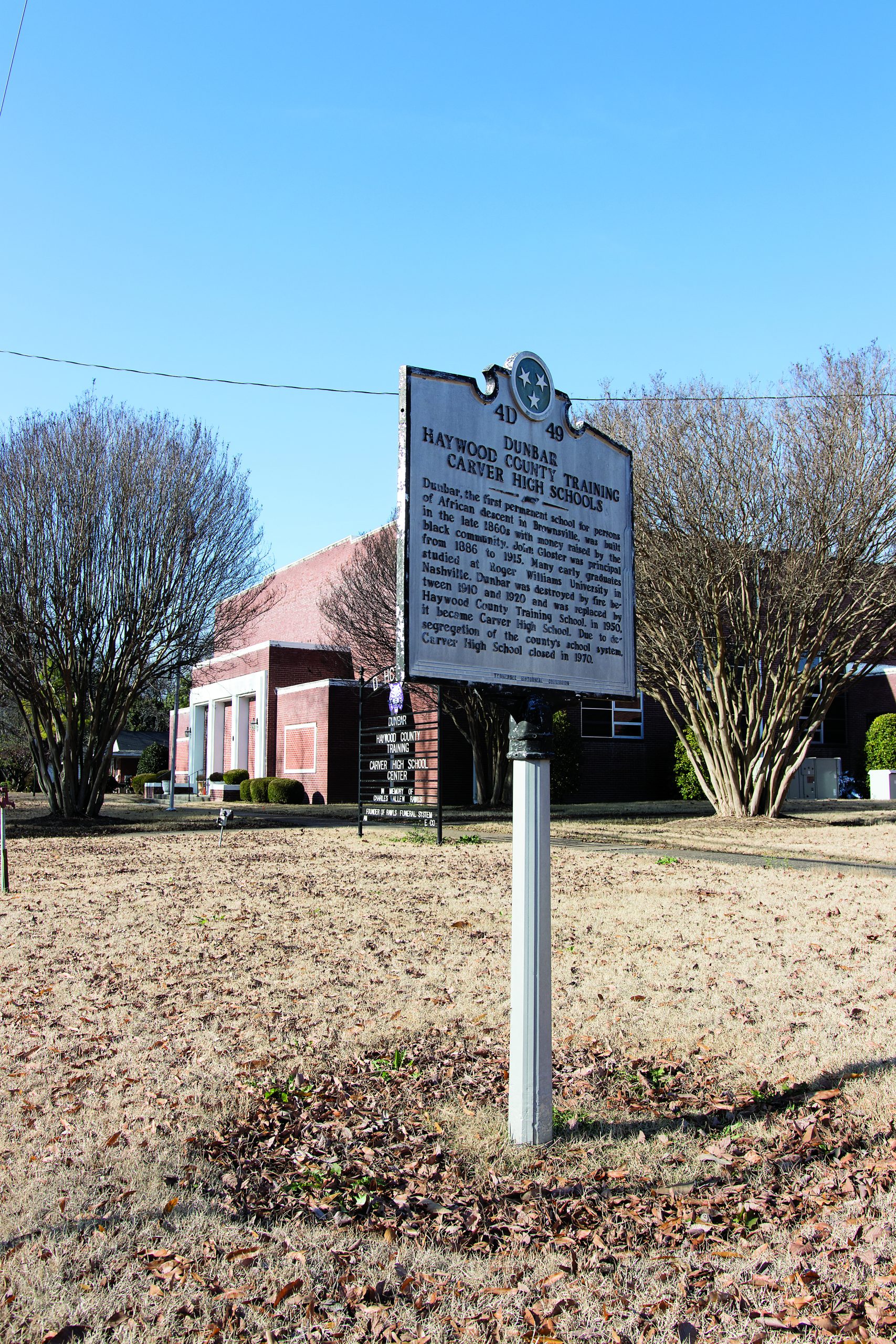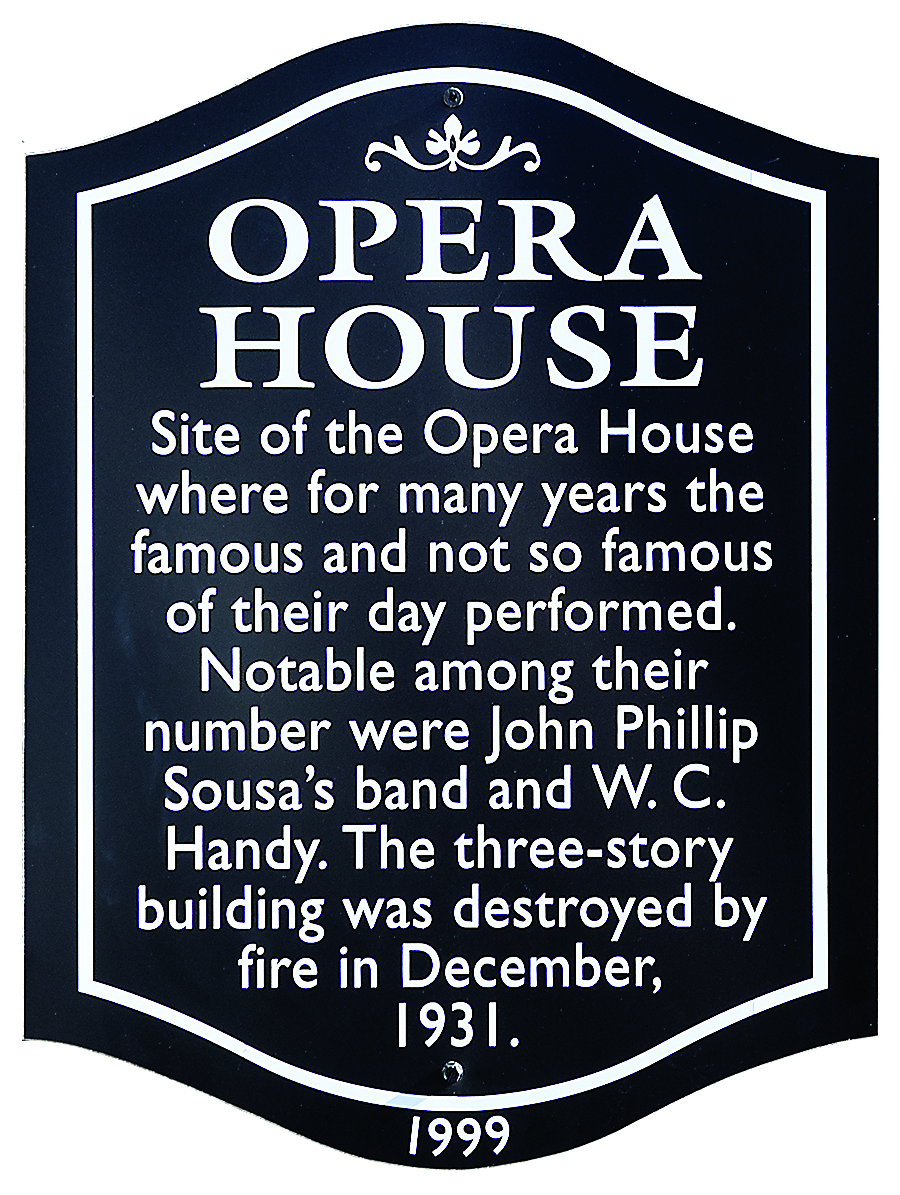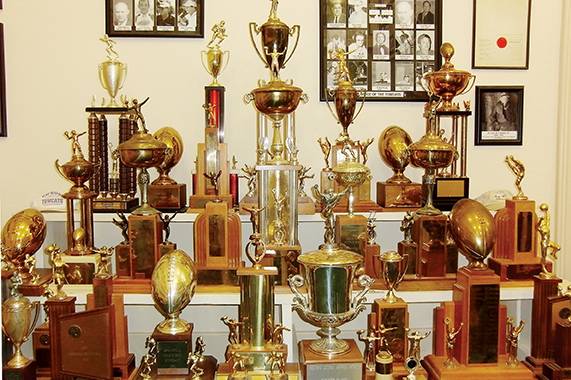Visiting Brownsville is a bit like time travel. Here the old mixes with the new in a vibrant mélange, so let’s spend a moment considering the origins of this unique county where rich alluvial soil attracted early settlers. Old houses have souls made up of the events, people, and things that they witnessed during their existence. The fall of light and shadow in a space, the age and warmth of the building materials, a sense of history and value, all contribute to the experience of living in a structure with depth and meaning. Brownsville has all of that and more, for those willing to put in a little love and dedication.
Many historically significant properties are in and around Brownsville’s city limits including homes, churches, cemeteries, certified Tennessee Century Farms, and communities of interest. Haywood County retains much of its rich cultural and agricultural history, passed down through the generations to current residents and valued as integral aspects of familial and rural heritage. Additionally, there are several homes and commercial properties in Brownsville and the surrounding area waiting for just the right person or family to take an interest and bring them back to life.
A new county
After the Chickasaw Tribe sold the federal government its interest in the land that would become West Tennessee and Western Kentucky in the treaty of 1818, land speculators, especially those from North Carolina, flowed into Tennessee by boat, wagon and foot. In 1819, Colonel Archibald Murphy of North Carolina sent Herndon Haralson to oversee his land grants in Madison County. After Haywood County’s establishment in 1823, Haralson moved from Madison to take part in the new county’s affairs.
Richard Nixon was one of the first immigrants, arriving in 1821. He was appointed justice of the peace and built one of the first log houses in the county, which was used as the Court of Pleas and Quarterly. Brownsville was selected as the county seat through legislative act on October 16, 1824, and named after General Jacob Jennings Brown of Pennsylvania in honor of his service in the War of 1812.
On December 14, 1825, Thomas M. Johnson deeded 50 acres for the town at one dollar plus one town lot. The legislative act creating Brownsville as the county seat also provided that a commission was to be appointed to plan out the town, sell lots, and erect public buildings. The town was one square mile, and all the boundary streets were named Margin, though only the southern one remains. Brownsville was incorporated as a town in 1826.
In 1824, the census showed 265 families in the county and by 1832, Brownsville had a population of 400 individuals. Hiram Bradford bought one of the first lots on the square and erected a storeroom and a house with logs and hand sawn slabs. He also built the first sawmill and cotton gin.
Cotton was introduced in 1828 and quickly became the base of Haywood’s economy. With access to two rivers, the railroad and several county roads, Haywood ranked third in cotton production in the state by 1880.
Brownsville has four main historic districts, the oldest of which is the College Hill Historic District. Its peak period of significance is long (1830s to 1950s) and includes some of the oldest homes in the town. Fine architectural examples of Greek Revival, Victorian, Queen Anne, Craftsman and Tudor Revival style abound. Also included in this district is the College Hill Museum complex, originally built in 1851 as the Brownsville Baptist Female College and used as Haywood County High School from 1911 to 1970.
College Hill Historic District
The Thomas-Harper-Sellari House, located alongside the College Hill complex on Grand Avenue, is an excellent example of one of the older homes included in this neighborhood that has been well-preserved with most of its original features intact. Built in 1856 by John Hicks Thomas, the house is a two-story, rectangular plan, vernacular style dwelling with Greek Revival and Victorian style influence. It underwent an extensive remodel in the 1880s, at which time it had a double staircase, one side for girls and one for boys, divided by a wall. This practice of dividing the sleeping areas for males and females was not uncommon at the time. Parents usually kept a downstairs bedroom on one side of the house with a parlor on the other. This Southern tradition was extended further in some parts of Mississippi and Louisiana with the use of the garçonnière or bachelors’ quarters, which housed adolescent boys or unmarried sons.
North Washington/East College Hill District
The North Washington/East College Historic District has about 155 parcels including residential, commercial, government, and church properties. Architectural styles vary from Greek Revival to Minimal Traditional with dates of significance from about 1860-1960. A beautifully maintained example of this district is the Taylor/King/Gruenwald/Watts house, built in 1867 by Dr. Edmund Allen Taylor, a Confederate surgeon serving with Hiram S. Bradford’s regiment. Dr. Taylor died at the age of 49 in 1869, and the house was sold to Dr. T. B. King, who still owned it when it was partially destroyed by fire in 1931. The reconstruction is a two-story, center hall plan, colonial Revival style.
Downtown Commercial District
A small section of Brownsville’s downtown commercial district is historical. This area includes commercial buildings surrounding the Haywood County Courthouse. One of the highlights of this district is located on the northeast corner of South Washington and East Jefferson Streets. It is the original site of the Brownsville Opera House, built in the late 19th century, and was used as such until its loss by fire in 1931. The U.S. Post Office built the current building in 1935. After being decommissioned, the building was the longtime home of Livingston’s Furniture, after which it has been carefully restored and is currently operating as a restaurant and soda fountain. This structure is exceptionally well-designed and was designated Brownsville’s only air raid shelter in WWII and nuclear fallout shelter in the 1970s.
Jefferson Street Historic District
The Jefferson Street Historic District generally dates from the 1920s and includes the Dunbar Carver School, established in 1890. The original school burned in 1919 and the Haywood County Training School was built in its place. That building was torn down to make way for Carver High School in 1950, which operated as an African American school until 1970. The building is classified as a Rosenwald School with continuous additions to the property. Also, the Dunbar-Carver Museum, documenting the history of African Americans in Haywood County, is located on this site. Numerous commercial buildings and homes dot the district, mainly from the mid 19th century, when the community was known as the “Black Wall Street” of Brownsville and was a significant part of African American culture and business interests. Centrally located is First Baptist Church of Brownsville, originally built in 1868 on College Street and moved to Jefferson Street around 1920, where the current building, constructed in 1963, now stands.
In addition to the Carver-Dunbar Museum, local leaders and agencies are working to identify and celebrate those who participated in building the county, not just the property owners but also those enslaved community members who produced the artistic buildings, worked the land and created a rich musical legacy. For those interested in joining those efforts, contact the Brownsville-Haywood County Chamber of Commerce.










